Early every year, the President of the United States makes an address to the nation. The purpose of the annual “State of the Union†address is to give an account of the year's events and discuss the priorities of the coming months. If communicated properly, this is an opportunity to reach a larger audience, share major goals, and get buy-in from the constituency.
So why don't we give it a shot?
I think every HR pro needs to have their own State of the Union address within their own company, department, or team (depending on the level of responsibility). This is strategic HR communication at its best, and it could become a valuable tool to allow leaders to peer into the inner workings of the HR strategy while allowing HR leaders to share key results areas as well. In fact, even compliance can be strategic, if communicated properly.
Here's a quote from one study I found:
“Only 20 percent of [the largest publicly traded] companies discuss HR in their reports to shareholders. About one-quarter provides only limited references to the workforce, and some don't mention their employees at all.â€
Can you imagine how our stakeholders would react if we spent 30-50% of our budget on a resource and then never followed up about how it was being utilized? In effect, this is what's happening with regard to our human capital investments.
How big is your “union?â€
As I stated above, depending on where you are in your organization's hierarchy, you might only be addressing your HR teammates. Or maybe you have the ability to snag an audience with your senior leadership team, and you're willing to put together a short presentation for that group.
Whatever the case, the size and target audience will be different for everyone, but the tips below will still help you in defining what to discuss.
What to say
Okay, so I've sold you on the idea of delivering your own “state of HR†address, but what do you actually say? Here are a few ideas to consider based on the results of Brandon Hall Group's Business Focus 2014: Leaders' Top Priorities report:
- Talent retention—Discuss retention initiatives and any cost savings associated with reduced turnover
- Learning and development—Give examples of new human capital capabilities brought about by learning and development investments
- Performance management—Talk about increased performance or reduced turnover expenses associated with improved employee performance
- Leadership strategy—Provide insights into the role the leadership strategy has played in supporting business growth
- Sales strategy and planning—Offer data to demonstrate how HR supported the needs of the sales staff and leadership
These certainly aren't the only topics you can cover, but this is a good starting point based on what organizational leaders need to hear.
The bottom line
This is your chance to get in front of a key audience (whether it's the rest of your team or another influential group) and share your message about how HR's priorities align with those of the business.
What are you waiting for?
Closing comments
- Which stakeholders would benefit most from hearing this address from you or your HR leaders?
- What are the key issues your leaders are facing that you can include in your address?
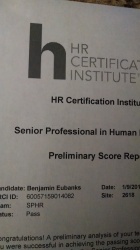 AKA how to pass the SPHR exam and keep your sanity
AKA how to pass the SPHR exam and keep your sanity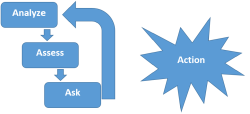 I have to inject some humor here. My friend and I met last weekend to do some last minute studying, and we kept seeing a pattern in the practice questions. Virtually every time you were presented with an action or an opportunity to survey, analyze, or plan, the answer was always to NOT act. So I put this little graphic on The Four A’s of SPHR Exam Prep together to remind you of that. :-)
I have to inject some humor here. My friend and I met last weekend to do some last minute studying, and we kept seeing a pattern in the practice questions. Virtually every time you were presented with an action or an opportunity to survey, analyze, or plan, the answer was always to NOT act. So I put this little graphic on The Four A’s of SPHR Exam Prep together to remind you of that. :-)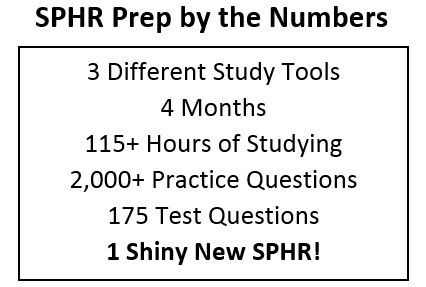 As I said, I wrote a full-blown article follow up just about
As I said, I wrote a full-blown article follow up just about 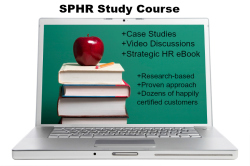
 Well, you might imagine where this story is going. One night I came home and saw a very unique-looking piece of steel sitting on the counter.
Well, you might imagine where this story is going. One night I came home and saw a very unique-looking piece of steel sitting on the counter.
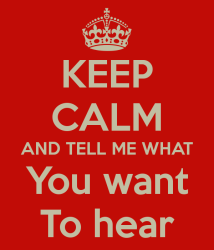
 I absolutely love the new year and the feeling of excitement and opportunity that exists. I have been putting together some great plans for 2015 for this blog, for my work, and for my family. I am rearin’ to go! I want to hear from you about what you’re working on, but just as an example, here are a few things I’m looking at in the coming year (more to come in the next few weeks, I promise!):
I absolutely love the new year and the feeling of excitement and opportunity that exists. I have been putting together some great plans for 2015 for this blog, for my work, and for my family. I am rearin’ to go! I want to hear from you about what you’re working on, but just as an example, here are a few things I’m looking at in the coming year (more to come in the next few weeks, I promise!):